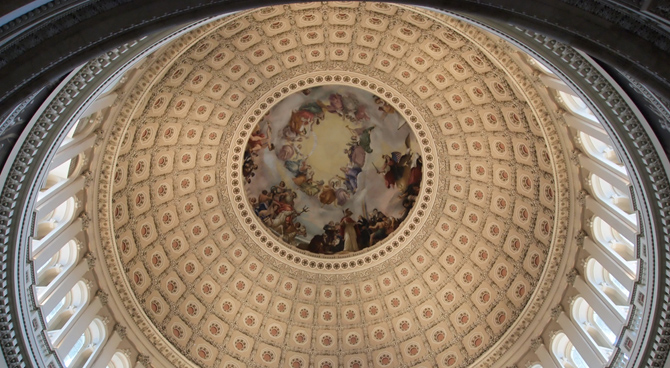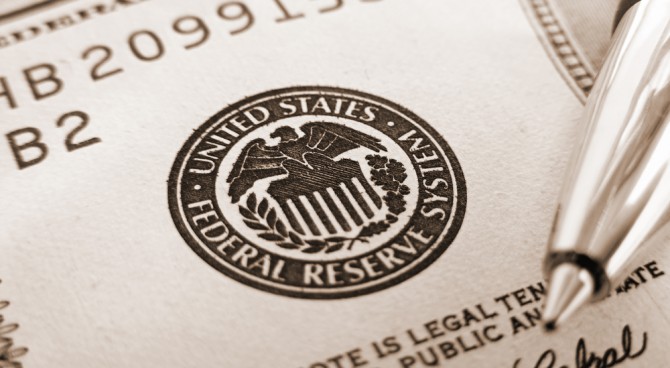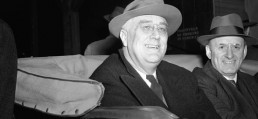Echoes of the Great Depression
By Phil Gramm
(As published on Wall Street Journal)
This may not be your grandfather’s Great Depression, but many aspects of today’s situation would remind him of the 1930s. If the recession that officially ended a year ago feels uncomfortably surreal to you yet familiar to him, it’s probably because the recovery went missing.
During the average recovery since World War II, gross domestic product (GDP) surpassed the pre-recession high five quarters after the recession began. It has never taken longer than seven quarters. Yet today, after 11 quarters, GDP is still below what it was in the fourth quarter of 2007. The economy is growing at only about a third of the rate of previous postwar recoveries from major recessions.
Obama administration officials such as Treasury Secretary Tim Geithner have argued that without their policies the economy would be worse, and we might have fallen “off a cliff.” While this assertion cannot be tested, we can compare the recent experience of other countries to our own.
The chart nearby compares total 2007 employment levels in the United States, the United Kingdom, the 16 euro zone countries, the G-7 countries and all OECD (Organization for Economic Cooperation and Development) countries with those of the second quarter of 2010. There are 4.6% fewer people employed in the U.S. today than at the start of the recession. Euro zone countries have lost 1.7% of their jobs. Total employment in the U.K. is down 0.6%, G-7 average employment is down 2.4%, and OECD employment has fallen 1.9%.
This simple comparison suggests two things. First, that American economic policy has been less effective in increasing employment than the policies of other developed nations. Second, that if there was a cliff out there, no country fell off. Those that suffered the most were the most profligate, such as Greece, and their problems can’t be blamed on the financial crisis. While the most recent quarterly growth figures are just a snapshot in time, it is hardly encouraging that economic growth in the U.S. (1.7%) is lower than in the euro zone (4%), U.K. (4.8%), G-7 (2.8%) and OECD (2%).
Most striking about these comparisons is their similarity to the U.S. experience in the Great Depression. Using data from the League of Nations’ World Economic Survey, we can look at unemployment in developed nations between 1929 and the end of 1938. Ten years after the stock market crash, total employment in the U.S. was still almost 20% below the pre-Depression level. The decline in France was similar. But in the U.K. and Italy, total employment was up 10% and 12%, respectively. Industrial production on average in the six most developed countries was almost 16% above their 1929 levels by the end of 1938, but industrial production had declined by 20% in the U.S.
Today’s lagging growth and persistent high unemployment are reminiscent of the 1930s, perhaps because in no other period of American history has our government followed policies as similar to those of the Great Depression era. Federal debt by the end of 1938 was almost 150% above the 1929 level. Federal spending grew by 77% from 1932 to 1934 as the New Deal was implemented—unprecedented for peacetime.
Still the economy did not take off. Winston Churchill gave a contemporary evaluation of the Roosevelt policy by observing, in the April 24, 1935, Daily Mail, “Nearly two thousand millions Sterling have been poured out to prime the pump of prosperity; but prosperity has not begun to flow.”
The top individual income tax rate rose from 24% to 63% to 79% during the Hoover and Roosevelt administrations. Corporate rates were increased to 15% from 11%, and when private businesses did not invest, Congress imposed a 27% undistributed profits tax.
In 1929, the U.S. government collected $1.1 billion in total income taxes; by 1935 collections had fallen to $527 million. In 1929, individual income taxes accounted for 38% of government revenues, corporate taxes accounted for 43%, and excise taxes for 19%. By 1939, individual income taxes made up only 26% of federal revenues, corporate income taxes made up 29%, and excise taxes made up 45%.
When Treasury Secretary Henry Morgenthau suggested to President Roosevelt that the administration cut income tax rates in 1939, Roosevelt, apparently concerned about the possible effect of deficit-financed tax cuts on interest rates, asked, “You are willing to pay usury in order to get recovery?” Morgenthau said that he responded, “Yes sir.” The president disagreed.
The Roosevelt administration also conducted a seven-year populist tirade against private business, which FDR denounced as the province of “economic royalists” and “malefactors of great wealth.” The war on business and wealth was so traumatic that the League of Nations’ 1939 World Economic Survey attributed part of the poor U.S. economic performance to it: “The relations between the leaders of business and the Administration were uneasy, and this uneasiness accentuated the unwillingness of private enterprise to embark on further projects of capital expenditure which might have helped to sustain the economy.”
Churchill, who was generally guarded when criticizing New Deal policies, could not hold back. “The disposition to hunt down rich men as if they were noxious beasts,” he noted in “Great Contemporaries” (1939), is “a very attractive sport.” But “confidence is shaken and enterprise chilled, and the unemployed queue up at the soup kitchens or march out to the public works with ever growing expense to the taxpayer and nothing more appetizing to take home to their families than the leg or wing of what was once a millionaire. . . It is indispensable to the wealth of nations and to the wage and life standards of labour, that capital and credit should be honoured and cherished partners in the economic system. . . .”
The regulatory burden exploded during the Roosevelt administration, not just through the creation of new government agencies but through an extraordinary barrage of executive orders—more than all subsequent presidents through Bill Clinton combined. Then, as now, uncertainty reigned. As the textile innovator Lammot du Pont complained in 1937, “Uncertainty rules the tax situation, the labor situation, the monetary situation, and practically every legal condition under which industry must operate.”
Henry Morgenthau summarized the policy failure to the House Ways and Means Committee in April 1939: “Now, gentleman, we have tried spending money. We are spending more than we have ever spent before and it does not work . . . I say after eight years of this administration we have just as much unemployment as when we started . . . and an enormous debt, to boot.”
Despite the striking similarities between then and now, there is one major difference: Roosevelt’s policies remained popular even as the economy faltered. The magnitude of the Depression, with its lack of stabilizers and safety nets, traumatized Americans and undermined their confidence in the economic system. This induced voters, as historians would later do, to judge Roosevelt not on his results but on his intentions.
Today, however, the Obama program appears to be failing politically as well as in the marketplace. The trauma of the financial crisis did not approach that of the Great Depression, and Americans do not appear to have lost faith in our economic system or come to see government as the savior. While progressivism gave the New Deal its intellectual foundations, history today is driven by the freedom tide that produced our economic revival in the 1980s and ’90s and still drives economic liberalization in China and India.
Finally, we should not underestimate that this administration faces stronger and more united congressional opposition than FDR ever faced. The House and Senate Republican leadership has far surpassed all expectations of a minority party.
Mitch McConnell of Kentucky and John Boehner of Ohio have led a loyal opposition that, through its unity, has exposed the radical underbelly of the Obama program. Young guns like Paul Ryan of Wisconsin and Jeb Hensarling of Texas have provided vision and energy.
FDR rode the tide of history while President Obama strives mightily against it. The progressive vision that resonated in the 1930s foundered on the hard experience of the 20th century, and it has no broad appeal in the 21st. The recovery from the Great Depression did not occur until World War II was underway, but it appears, as of today, that voters will bring the latest experiment in American collectivism to an end on Nov. 2. A real economic recovery won’t be far behind.
Mr. Gramm is a former U.S. senator from Texas and former professor of economics at Texas A&M University.





